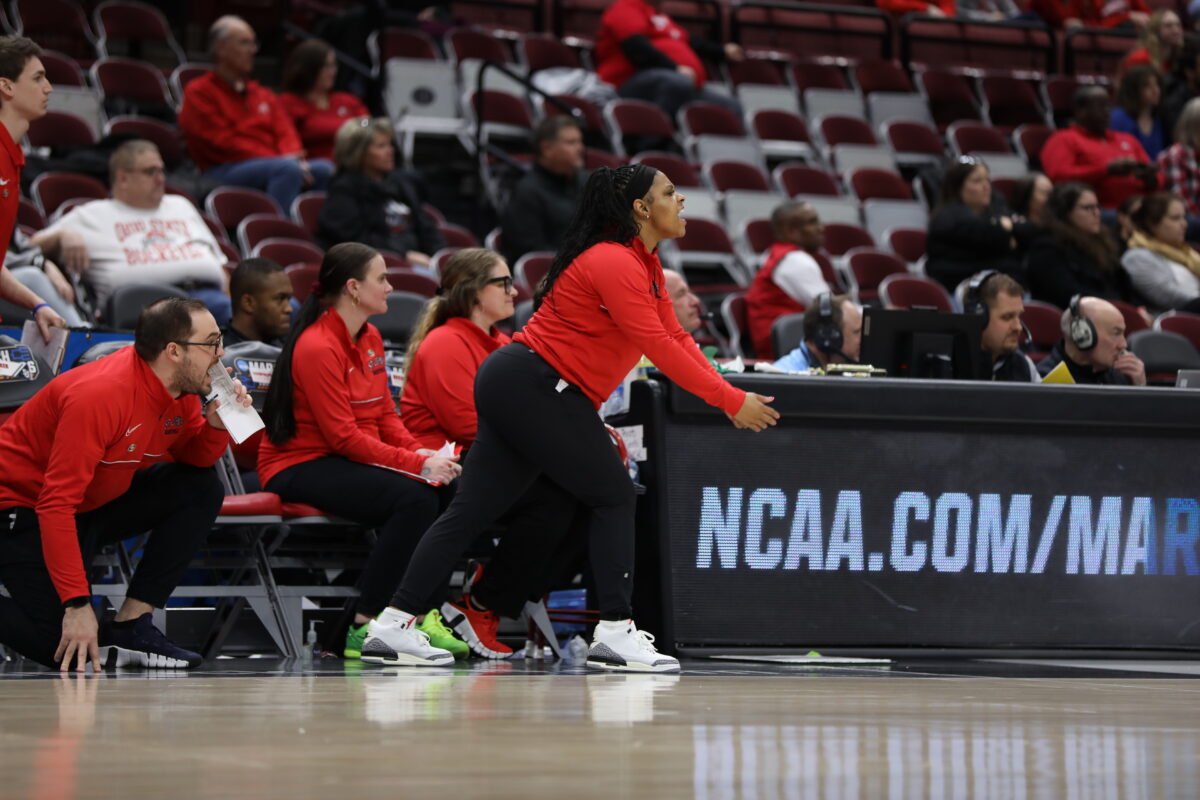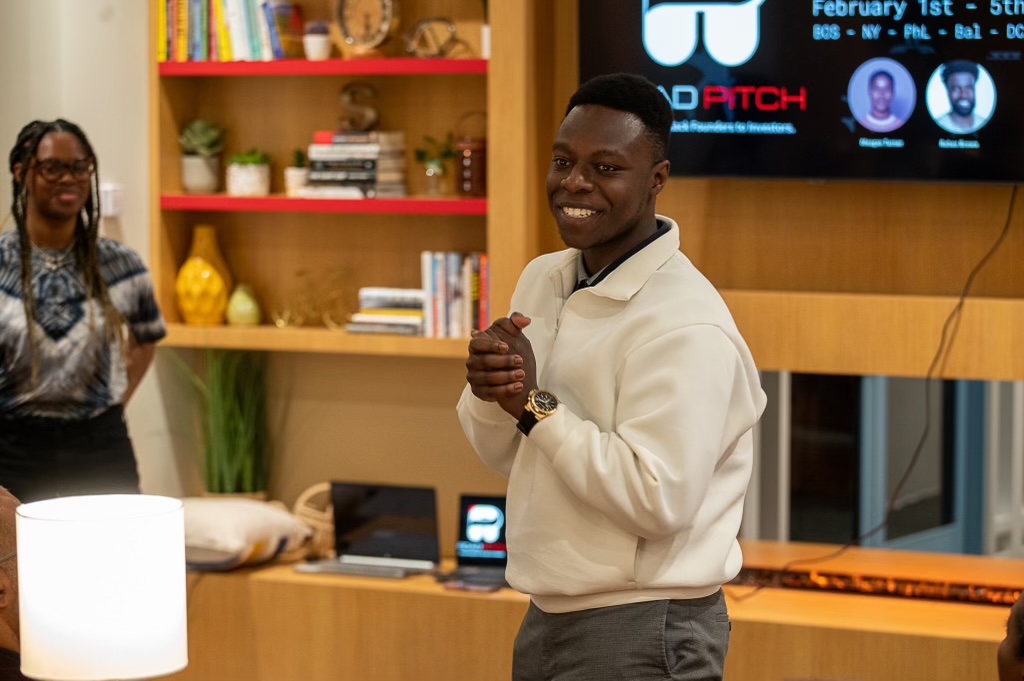Marching into the Future
A collaboration between two UMBC faculty members is exploring the potential of a movement known as the “digital humanities” – wherein digital tools are used to explore history and other subjects in all their depth and complexity.
Since 2008, Anne Sarah Rubin, associate professor of history, and Kelley Bell ’05, M.F.A. imaging and digital arts, assistant professor of graphic design, have been putting together Sherman’s March and America: Mapping Memory. The multimedia site launched in July 2010, funded with a grant from the American Council of Learned Societies and support of UMBC’s Imaging Research Center.
Rubin says that the version now online is a work in progress representing about twenty percent of what the creators have in mind. They hope this “proof of concept” will help them to secure the support of the National Endowment for the Humanities when they apply for funding this fall.
The site design is simple and elegant. But closer examination also reveals a sophisticated engagement with issues in historiography (that is, the questions historians ask themselves about the methodology of reconstructing the past).
Visitors to the site are greeted by a map showing the area covered by Sherman’s men as they made their way between Atlanta and Savannah in November and December of 1864. The troops followed two different courses between those points, scorching the earth as they went. At the bottom of the screen is a timeline. Slide the cursor on it and you can trace the progress of each wing of the Union Army. Click on one of the highlighted towns along the way, and there pops up a short video based on events in that area during the campaign.
But the three-minute clips don’t just recite information on the military campaign, as viewed with the benefit of nearly 150 years of hindsight. The stories they tell reflect the variety of groups affected by the march. Yankee soldiers, Confederate citizens, and newly freed slaves, for example, each experienced things from distinct perspectives. And those final weeks of 1864 threw a long shadow, inspiring later generations to create books, films, and tourist attractions. How events were woven into the public memory becomes part of the story. The site looks at General Sherman, of course – but also at Margaret Mitchell, who wrote Gone With the Wind.
“I like big questions, big issues, ‘going wide’ in looking at history,” says Rubin. “What appealed to me about Sherman’s March as a subject was the possibility of using the map as a way to frame the ‘multipositionality’ of events – how they looked from a variety of perspectives. As a digital history project, this isn’t just a collection of facts about the past. It’s also about narrative, storytelling, and memory.”
“Rather than shy away from conflicting interpretations of the past, as many museums do, the modern approach is to embrace them.” says Rick Shenkman, founder and editor of the digital History News Network. “And this Sherman’s March and America does – using digital tools to map both the events and the nature of historical memory itself.
Read the full story in UMBC Magazine.
(4/8/11)




